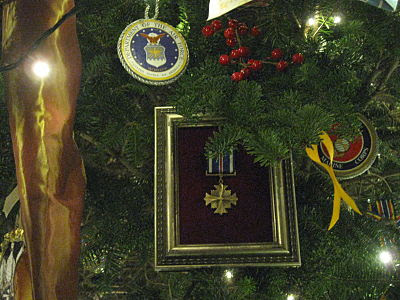Pablo Picasso, Head of a Woman, 1921, pastel, Fondation Beyeler, Basil
Two new exhibitions and newly refurbished galleries were unveiled in the West Building at the National Gallery of Art over the weekend and its director, Earl A. Powell,III, called them "a triple play."
They are:
* The opening of the renovated 19th-century French galleries on the main floor
* Picasso's Drawings, 1890–1921: Reinventing Tradition through May 6, 2012 on the ground floor (near the 7th Street entrance)
* The Baroque Genius of Giovanni Benedetto Castiglione prints and drawings through July 8, 2012 on the ground floor (also near the 7th Street entrance)
After a two-year makeover, the French impressionism and post-impressionism galleries are now open, and many of the masterpieces which hung in the Chester Dale Collection up for two years on the ground floor which recently ended and you feared you would never see them again are here: Manet, Cezanne, Courbet, Cassatt, Morisot, Renoir, van Gogh, Degas, Gauguin, Monet, Toulouse-Lautrec, and finally, Picasso, are some of the artists. The way some of them are hung now, they can have "conversations" with each other, according to the Gallery's Mary Morton, head of French paintings.
The Monet gallery in the renovated French galleries at the National Gallery of Art. It is the smallest of the new 14 galleries, good for "quiet contemplation," said Mary Morton, French painting curator and head/Patricia Leslie
On Sunday she spoke about the new show to several hundred people in the packed East Building auditorium. Earlier in the week Dr. Morton called the Chester Dale Collection "one of the greatest of its kind in the country, if not the world."
Director Powell said the completion of the 14 French galleries ends 10 years of renovation at the West Building which is now "completely open again."
Gustave Caillebotte, Skiffs, 1877, collection of Mr. and Mrs. Paul Mellon
The 55 or so Picasso drawings, pastels, watercolors, and collages are much, much more than what visitors may expect. The show is a history of early Picasso art including his earliest work, Hercules (age 9), and displays his first three decades of drawings in chronological arrangement.
More than half the works come from private collections, most of which Gallery visitors will never see again. On an energetic flight through the exhibition, Curator Andrew Robison enthusiastically described them, pointing out one wall in the third gallery where three of four works are private.
In the third gallery of the Picasso exhibition, three of these four paintings are from private collections/Patricia Leslie
The exhibition presages the Picasso masterpieces to come. Art education was important to the youthful Picasso whose father was a painter.
The 17th century drawings are detailed pen and ink scenes by the Italian baroque master, Castiglione, and his contemporaries and followers. Whether or not visitors are "churchy," the meticulous etchings and finest of pen strokes of many Biblical scenes will produce deep appreciation for this fine art where close-up inspection is permitted.
Giovanni Benedetto Castiglione, The Flight into Egypt, 1647/1649, etching, National Gallery of Art, Washington, D.C., Ailsa Mellon Bruce Fund
Pietro Testa, The Infant Christ at the Foot of the Cross, 1635/1637, etching, National Gallery of Art, Washington, D.C., Ailsa Mellon Bruce Fund
The Frick Collection in New York and the National Gallery of Art organized the Picasso show for which the Hearst Foundation, Inc. is a major sponsor.
In celebration of the exhibitions, the National Gallery of Art is hosting talks, concerts and films. See the schedule here.
When: Open daily from 10 a.m.- 5 p.m., Monday through Saturday, and 11 a.m.- 6 p.m., Sunday
Where: The West Building of the National Gallery of Art between 4th and 7th streets along Constitution Avenue
How much: No charge
Metro station(s): Archives, Judiciary Square, Federal Triangle, or L'Enfant Plaza and/or ride the Circulator bus with stops at the West Building
For more information: 202-737-4215 or click here














 George Clooney with Shailene Woodley (center) and Amara Miller/Fox Searchlight Pictures
George Clooney with Shailene Woodley (center) and Amara Miller/Fox Searchlight Pictures





















